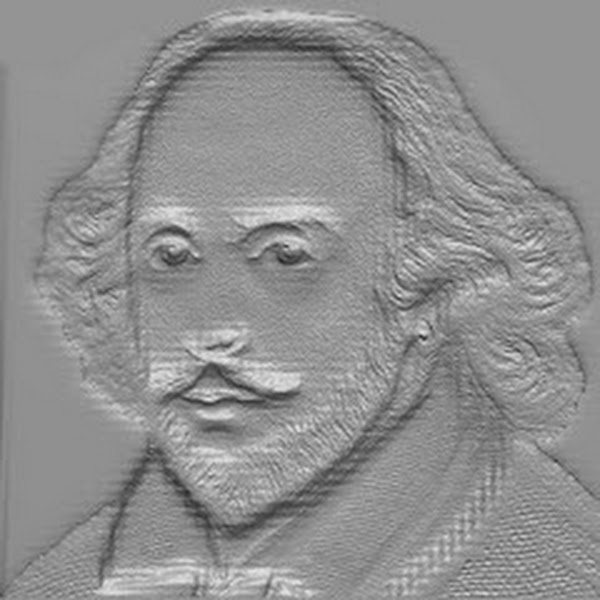List of figures of speech in literature- Introduction to Poetry
—————————————————–
- Simile- I wandered lonely as a cloud, as the stars (I wandered lonely as a cloud)
- Metaphor- rose, temperate (sonnet 18) | I will drink life to the lees (Ulysses)
- Conceit- Comparison between unaware lovers and breast-feeding baby, seven sleepers’ den, with real world, two hemispheres (The Good Morrow)
- Personification– Ambition, Grandeur, Memory, Death, Knowledge, Pride, Melancholy, Misery, (Elegy written in a country churchyard) | a crowd, host of golden daffodils, fluttering, dancing, (I wandered lonely as a cloud), | Autumn (To Autumn) |
- Pantheism- the presence of God in nature (I wandered lonely as a cloud)
- Hyperbole- Ten thousand saw I at a glance (I wandered lonely as a cloud)
- Alliteration- Mist and Mellow Fruitfulness (m, f, l repeated), fill all fruit (f, l repeated), winnowing wind (wi repeated) (To Autumn), William Wordsworth (w)
- Onomatopoeia- With fruit the vines that round the thatch-eaves run (To Autumn)
- Assonance- Oozings, hours by hours (‘o’ repeated), first stanza of I wandered lonely as a cloud (o sound repeated) (To Autumn)
- Symbols- “Daffodils” stands for transience of human life, “Spring” stands for Youth, (To Daffodils) | “Ulysses” symbolizes thirst of knowledge, “Ithaca” symbolizes an unchanging country with dullness and barrenness (Ulysses)
- –———————————————————————————————-
- Allusions– Adam and Eve, the Pied Piper (Fern Hill)
- Pun– known as a “play on words.” Puns involve words with similar or identical sounds but with different meanings. “When I consider how my light is spent.” (To His Blindness) herelight refers to his eyesight as well his life before getting blind.
- Paradox– They also serve who only stand and wait (To His Blindness), Destroyer and preserver (Ode to the West Wind by Shelley),
- Rhetorical Question- a question that is not asked in order to receive an answer; it is just posed to make the point clear. “Doth God exact day-labour, light denied?” (To His Blindness)
- Irony- West Wind is a preserver, but he initially says it brings chaotic and destructive storms. (Ode to the West Wind by Shelley),
- Anaphora– The poem shows the use of anaphora as the repetition of “Thus I…” in the first verse of the last stanza as “Thus I entered and Thus I go!” (The Patriot by Robert Browning), the use of I love thee in eight lines and ‘I shall but love thee in the final line.’ (How do I love Thee), This repetition builds rhythm while reinforcing the theme.
- Juxtaposition– The poem shows the juxtaposition of opposing ideas in the first three and last three stanzas such as noise and silence and welcome and adieu. (The Patriot by Robert Browning)
- Pathetic Fallacy– is used when the speaker says “I go in the rain” meaning that the rain acting as a symbol washes away all his dignity, leaving him innocent. (The Patriot by Robert Browning)
- Repetition– “It was rises, roses all the way”, “Thus I entered, and thus I go!” (The Patriot by Robert Browning)
- Climax– The climax occurs in line nine, at the start of the final sestet. The tone shifts to a religious one, as the speaker digs deeper into her soul to reveal all the ways in which her love outshines the pain of her past. Her love for her husband is exalted to the point of religious adoration, as he seems to replace the “lost saints” she once revered before. (How do I love Thee)
- Metonymy– “Depth and breadth and height” (How do I love Thee) – The measurements describe the vastness of the speaker’s love. Love is given a physical presence, and the speaker attempts to measure it as a means of showing how great it is.
- Synecdoche– a figure of speech in which a part is made to represent the whole or vice versa, as in England lost by six wickets (meaning ‘the English cricket team’). Here, ‘mind’ and ‘head’ (a part) stand for the ‘citizen’ (whole). (Where the Mind is Without Fear by Rabindranath Tagore)
- Apostrophe– “You” Apostrophe is when a writer addresses someone who is absent or something that cannot respond.
- Free Verse– Free Verse is a type of poetry that does not contain patterns of rhyme or meter. This is a free-verse poem with no strict rhyme or meter.
 CSP
CSP